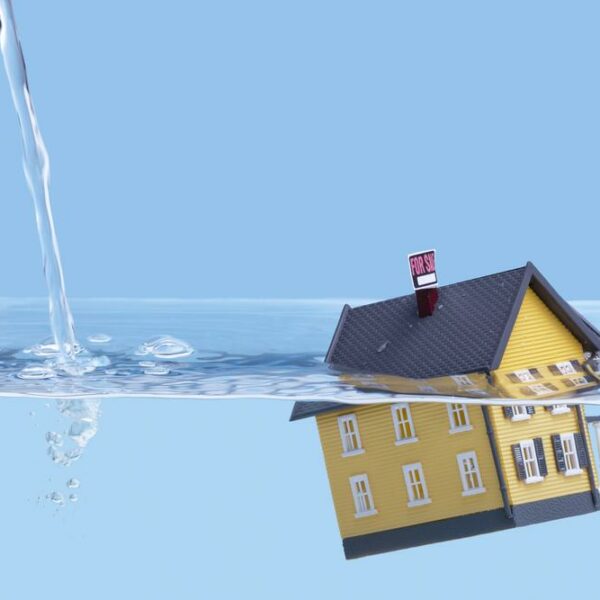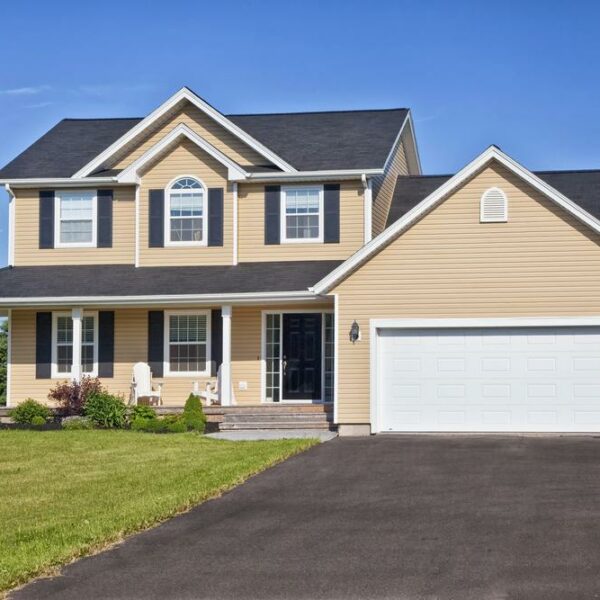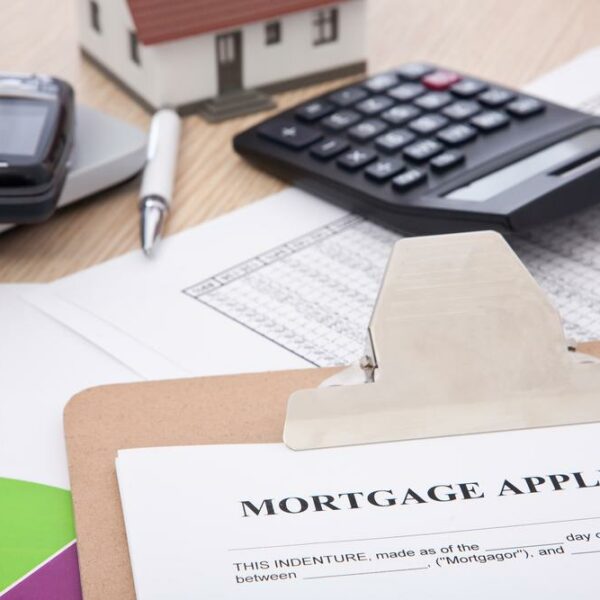
Here’s What You Need To Know About Blanket Mortgage
There are many different types of mortgages in the finance and real estate market. However, one of the most popular types of mortgage loans is a blanket mortgage. What does a blanket mortgage mean? The idea behind a blanket mortgage is quite simple – get a single loan by putting up more than one piece of real estate as collateral. Putting up more than one piece of property actually leads to a better evaluation of the loan amount and gives greater flexibility on the terms of payment. This flexibility is allowed because there is more than one collateral and the mortgaged property is an appreciating asset, most of the time. This simply means is that the price of a landed property keeps increasing over time in most places and this makes the collateral more credible. Top reasons why blanket mortgages are popular Blanket mortgages come with more than a fair share of surprising advantages that most people fail to see immediately. There are times when having real estate lying around can really help turn a bad situation into a good one. You Might Also Like: 10 Tips For Getting A Mortgage Here are the top three reasons why blanket mortgages are so popular.









